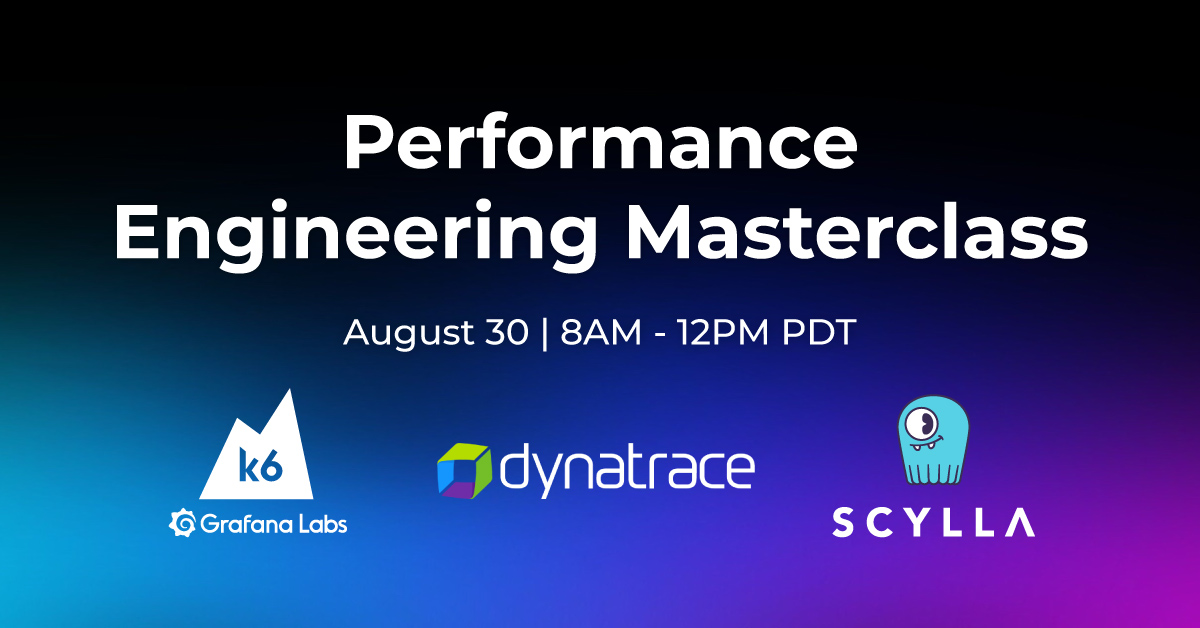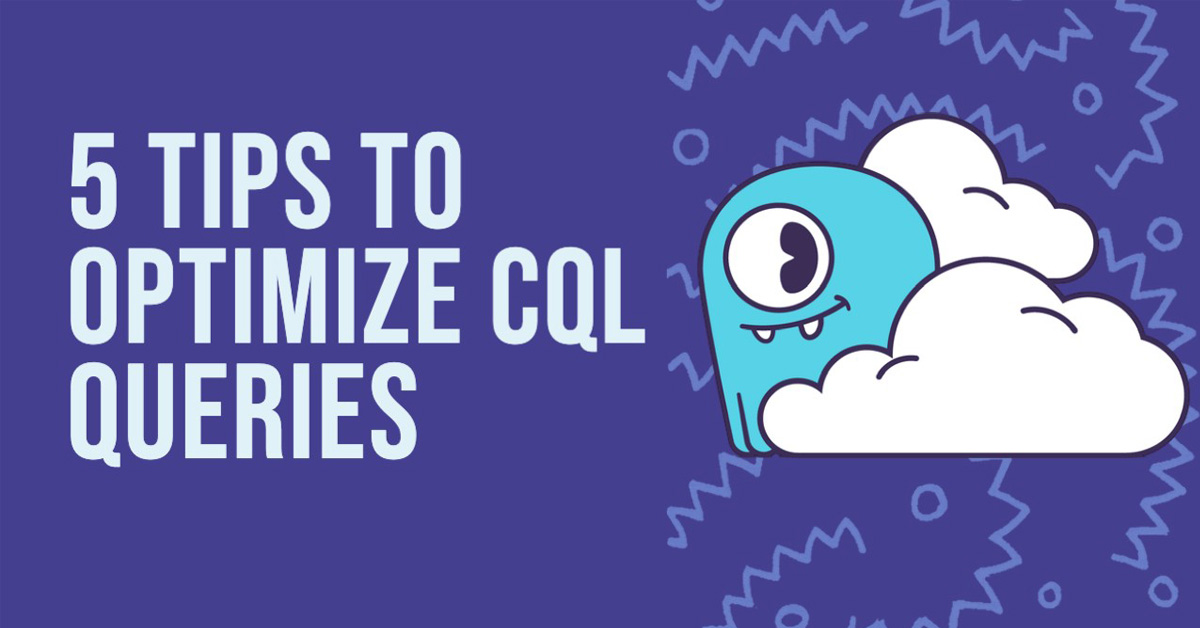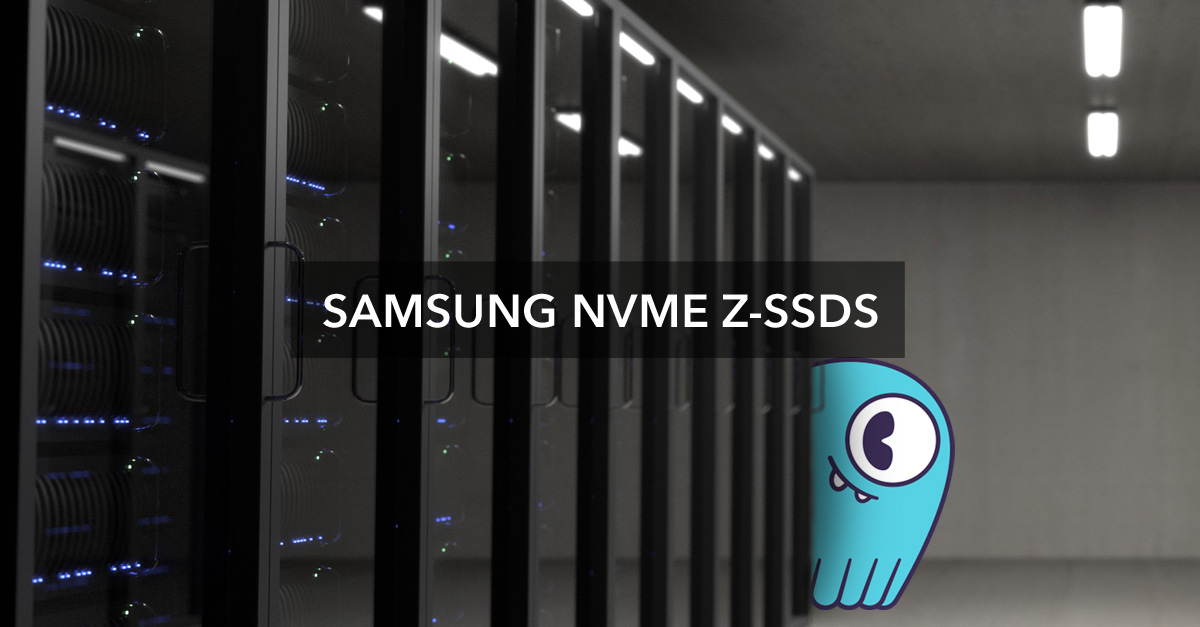
Organizations are continuing to adopt Solid State Drives (SSD) in their data centers for optimal performance and lower latencies. With that in mind, it only makes sense to use them with a database solution like ScyllaDB to get the most bang for your buck. One of the popular SSD’s that organizations are adopting now in their data centers is the Samsung Z-SSD drive. In this post, we will go over the Z-SSD and see how ScyllaDB users can benefit from the drives.
The Samsung Z-SSD is a powerful drive that can deliver optimal performance and comes with generous storage capacities up to 800GB. Looking at the numbers presented by Samsung at ScyllaDB Summit 2017, we can see that under sequential traffic, the drive can support up to 3.2 GB/s read and write operations. For random traffic, it can do up to 750K IOPS for reads and 170K IOPs for writes. It is nice that performance is good, but what about latency?
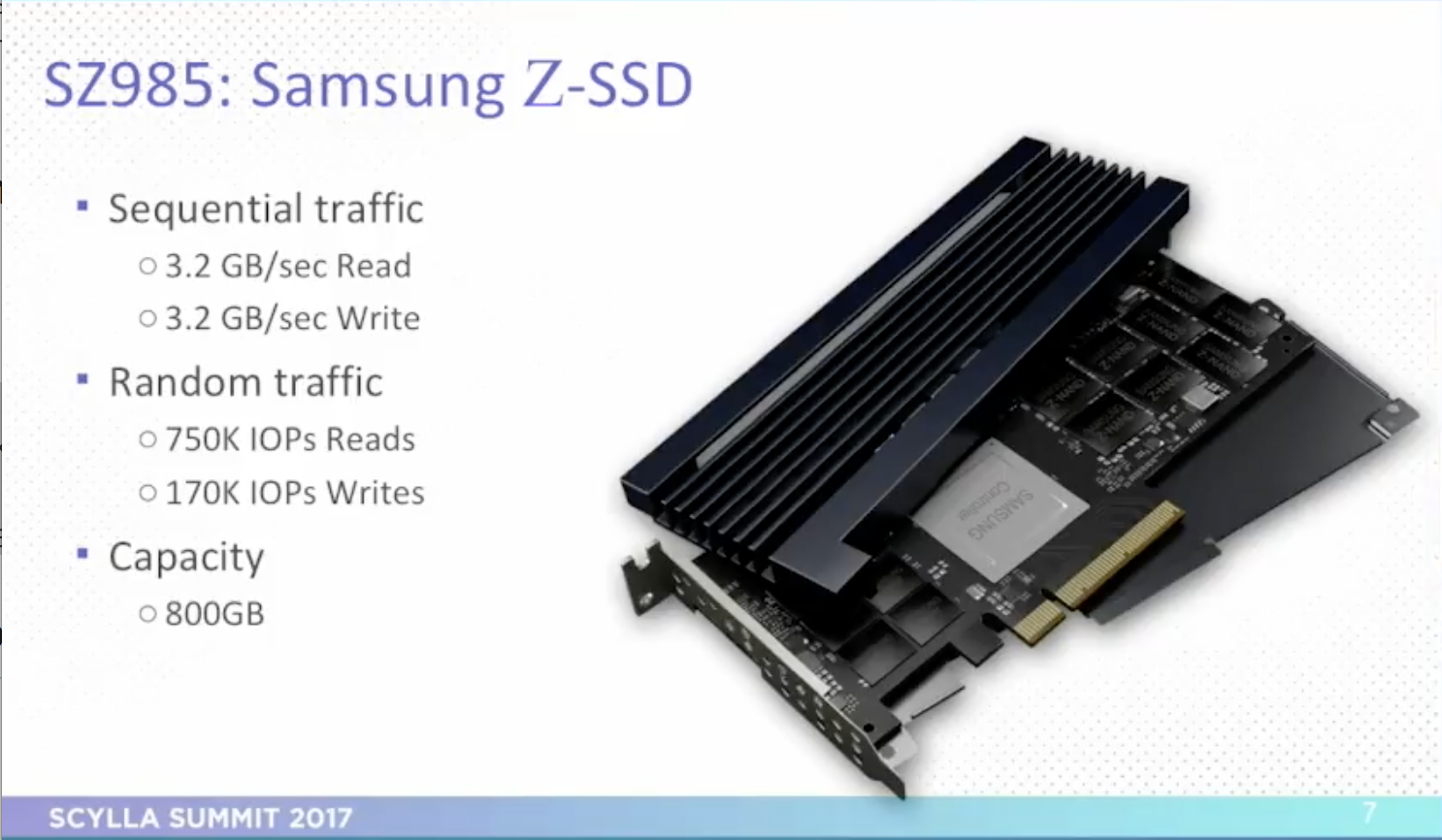
The image below compares latency between the Z-SSD and a PM1725a, a top of the line SSD produced by Samsung. The throughput of the two devices was close, but in terms of latencies, the Z-SSD was 6 times faster. It is also very interesting to see how consistently low the latencies with the Z-SSD were over time from the performance test. Now that we understand how the Z-SSD delivers excellent performance and lower latency, let’s see what this means for ScyllaDB users.
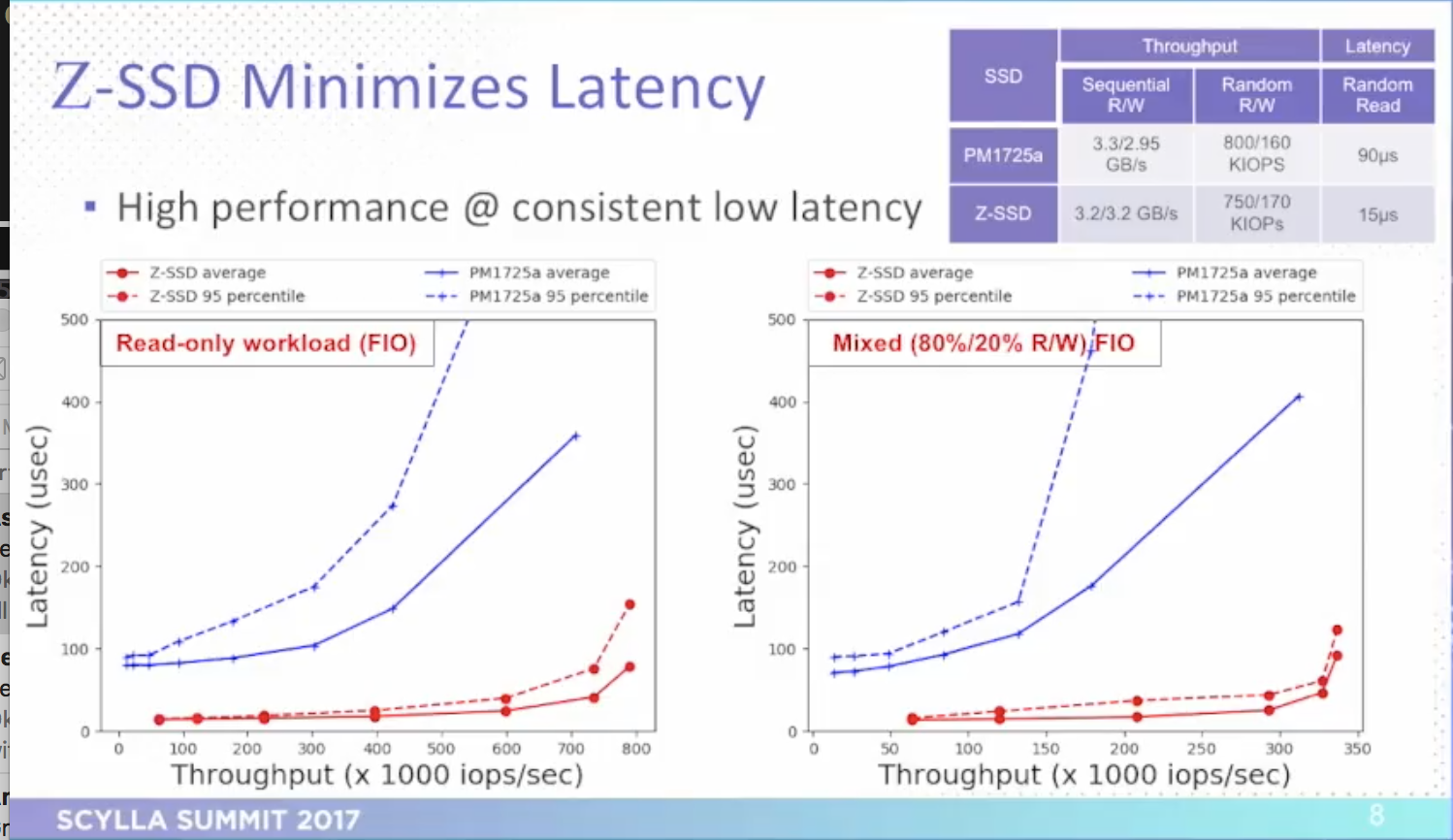
When Samsung tested ScyllaDB, their goal was to compare ScyllaDB in-memory versus ScyllaDB on the Z-SSD using max throughput under given tail-latency constraints as the metric. Testing was done with cassandra-stress with a varying read/write ratio (100%/0%-75/25%) and varying percent of request served from memory (25% to 75%). The database was populated with 300 GB of data with a payload of 1 kb. Let’s see the results!


The images above show a read and write that that was done. You can see additional testing results in the video or slides below. In all of the tests, Running ScyllaDB on the Z-SSD helped reduce the performance gap between memory and storage and delivers 44-23% of RAM performance at a lower cost. Also, 50-75% of requests were served from memory and future software improvements could further shrink the memory/storage gap.
I encourage you to watch the video above or the slides below to learn more about getting the best performance out of ScyllaDB with Samsung Z-SSD’s.
Next Steps
- Learn more about ScyllaDB from our product page.
- See what our users are saying about ScyllaDB.
- Download ScyllaDB. Check out our download page to run ScyllaDB on AWS, install it locally in a Virtual Machine, or run it in Docker.

